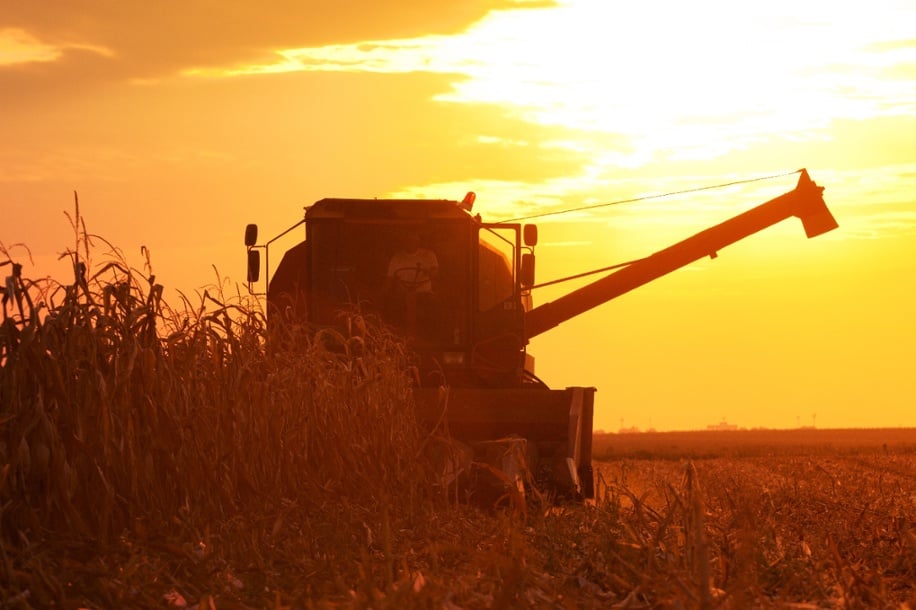
I drove by my local Wendy's in southeast Michigan the other day, and I had to turn the car around just to take a picture of their sign. They were announcing an open house for job interviews with pay up to $22.00 per hour, much higher than our local average for fast-food restaurants of $14-$16 per hour.
In my 20 years of working in human resources and recruiting, I've never seen such a significant jump in pay like we're seeing today. Sure, there have been industries that have gotten hot, but nothing quite like this, spanning across almost the entire economy.
For perspective, many entry-level diesel service techs with very little experience are at $24 per hour. Pay for experienced technicians has been climbing to $26-$35 per hour. Truck drivers across the U.S. are seeing huge hiring bonuses and guarantees to attract them for roles. Everyone seems to want a strong farm operator, but the days of $16-$18 per hour are dwindling. It's below the going rate for most areas.
The current market is challenging. It's hard enough for me to grasp as the owner of a recruiting firm how fast pay rates have changed, let alone a farm that hasn't had to hire in a few years. Farms need competent individuals who bring value to their operations. Unfortunately, we don't have the best cards in our hands, and the decision of what hand to play can be challenging.
What does this shortage mean for farmers trying to hire new employees? In today's market we have two options: pay a higher wage to attract qualified individuals to your role or keep the compensation rate more in line with your budget by getting stronger at training individuals. (For more on training, please read: https://www.dtnpf.com/…)
I am seeing a lot of farms that want the strong candidate who can work hard, think 10 steps ahead, and bring experience, but those candidates have a higher compensation rate that might shock some farmers. However, you get what you pay for when it comes to talent, and it's important to remember there is a return on investment with employees. An employee can either cost you money and be an expense on the P&L, or they can add value and pay for themselves with what they bring to the table.
For instance, assume that your average annual work hours are 2,500. Every $2.00 increase in hourly pay is $5,000 per year. If that person is paying attention to the equipment and prevents a major breakdown or leaves less grain in the field during harvest or adds value in other ways, they have well paid for the additional costs of their labor. When determining how much you want to pay, you need to think about how much could a more qualified candidate bring to the bottom line by preventing costly errors versus another employee. You need to run the math just as if you were analyzing the cost-benefit of an 8-row versus 12-row combine head.
For those with tighter budgets, the only available answer is to get stronger at training. Look for candidates with the right inherent traits and train them up to be an operator, for example. When you are hiring someone less skilled, that individual is typically at a much lower pay rate. We recently worked on a sprayer operator role, and most of the candidates with heavy equipment operation experience fell between $22-$28 per hour. There was another group of candidates who didn't bring that same experience, but who were highly interested in learning that were around $16-$18 per hour. Many of these candidates came from the hardscape industry where they run smaller tractors and skid steers but don't have as much experience with larger equipment. That $4-$10 per hour difference can be a savings, but there is an additional cost to you in terms of investment of your time.
Not only does this labor shortage put you in a situation where tough decisions have to be made about new hires, but it also lands you in a tough place with current employees. With the job market, how do you ensure you are paying appropriately to retain employees? Start by understanding the current job market in your community. It's time well spent to discover what other places are paying in your area, not just in agriculture but in relatable fields where your employees could work, such as construction or manufacturing. You can discover current pay rates by asking around or by searching for jobs as if you are a candidate, looking to see if the pay is listed on job postings. You will want to make compensation adjustments as needed to retain your current team members.
Some farmers I've worked with want to offer one-time bonuses, hoping that the current wage situation will dissipate. But once wages go up, they rarely come back down. Once someone is at a certain pay level, they will work pretty hard to maintain that level, and I don't see companies across the board dropping pay. A bonus might keep an employee happy now but may not be the best solution in the longer term.
There is technically a third option for farm operations, hiring H-2A farm workers from another country. While this can be a great option, it takes a different level of planning. The process takes time to be ready for the next season, and you will need to be set up to offer proper housing. For those who can't or don't want to utilize the H-2A program, you will be left with the options of paying more or training up.
**
Lori Culler will be speaking on the topic of wages and labor shortages at this year's DTN Ag Summit, which will be held in Chicago December 6-7.






